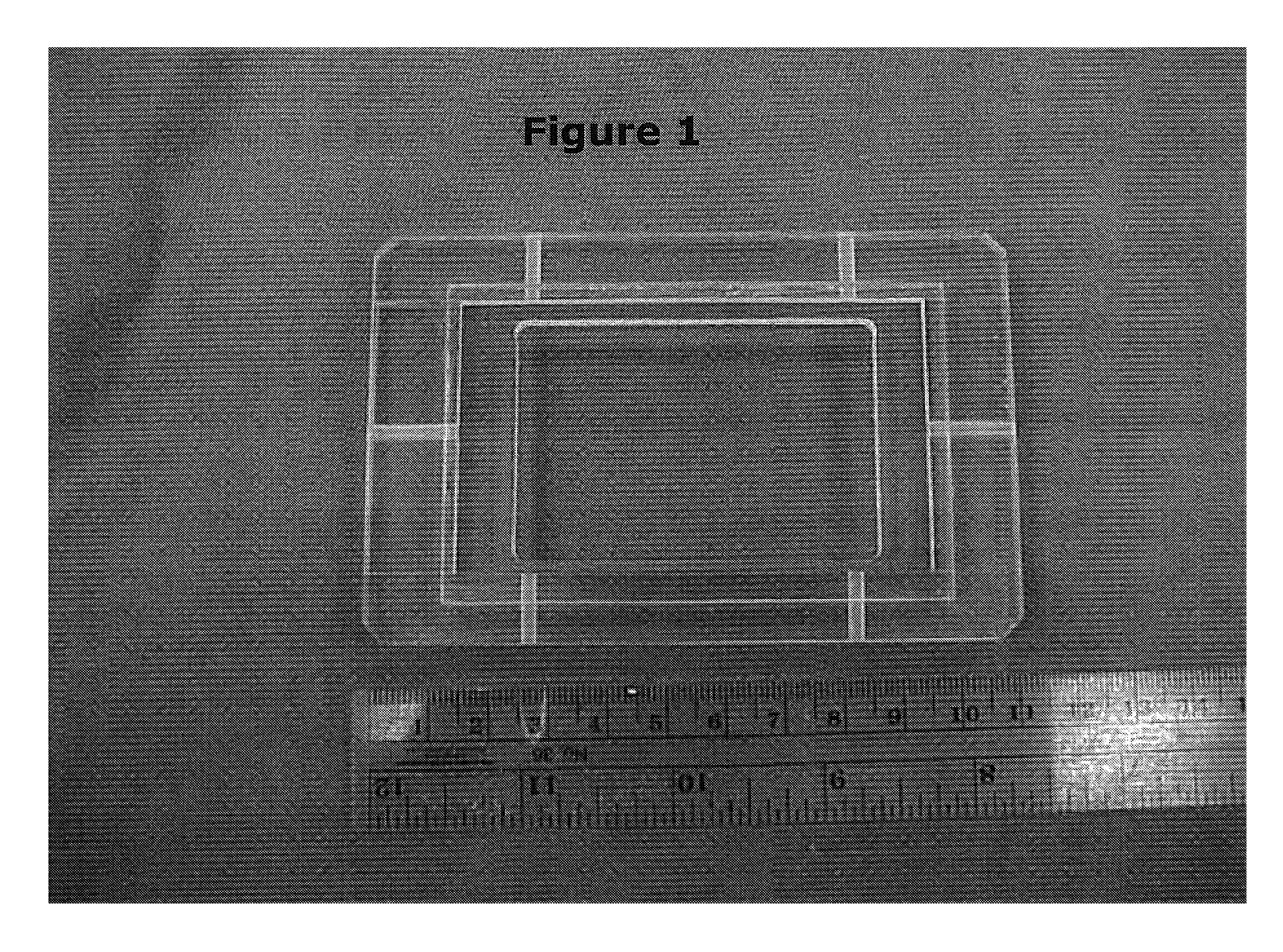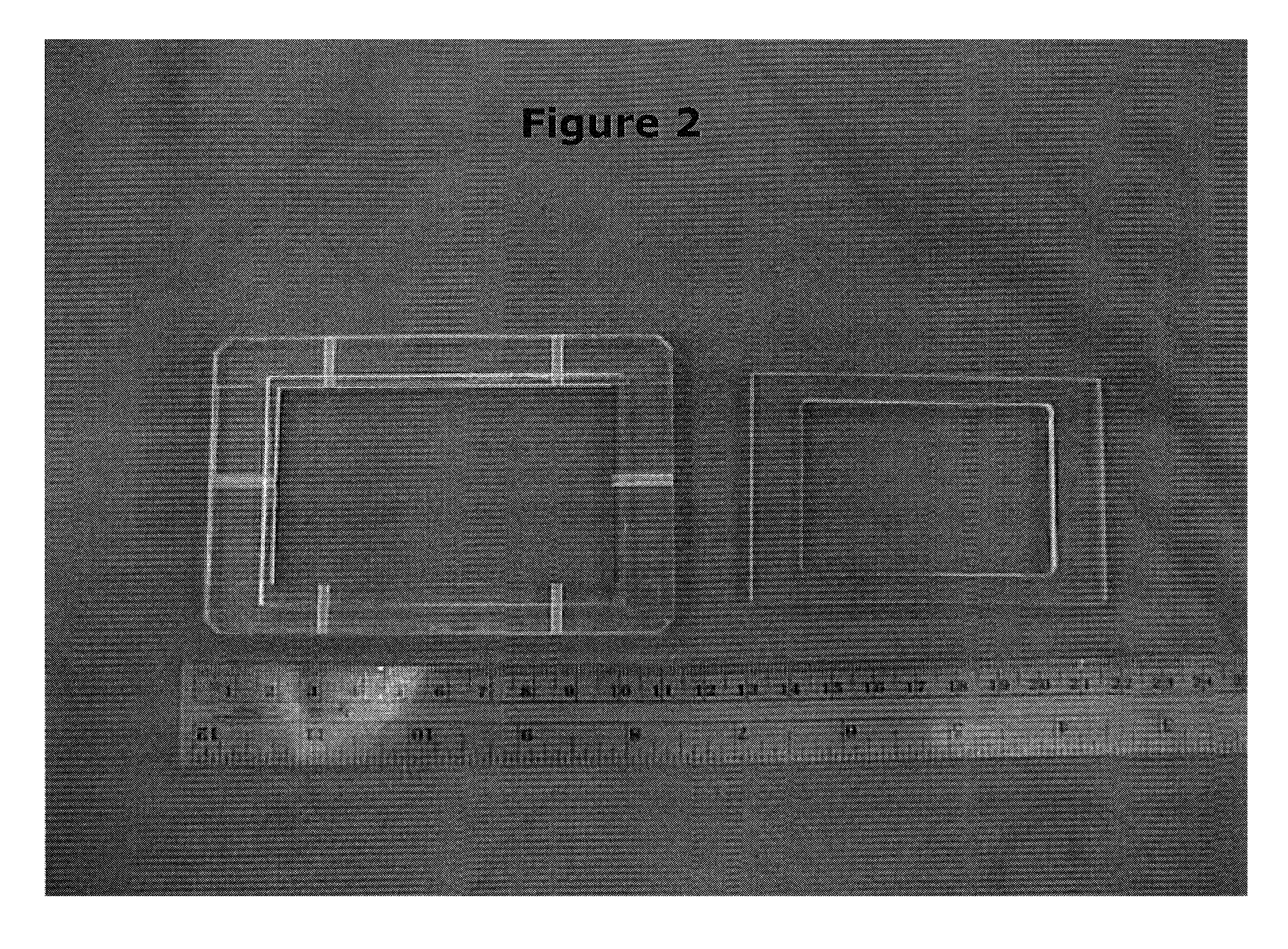Vitro engineered, regenerated urinary tract tissue compositions and methods for producing same
a technology of urinary tract and composition, which is applied in the field of tissue reconstruction and repair, can solve the problems of monetary cost to our health care system of treating children with dysfunctional bladders in the millions of dollars each year, affecting the use of bowel, and causing bowel obstruction,
- Summary
- Abstract
- Description
- Claims
- Application Information
AI Technical Summary
Benefits of technology
Problems solved by technology
Method used
Image
Examples
Embodiment Construction
[0046]Before explaining at least one embodiment of the invention in detail, it is to be understood that the invention is not limited in its application to the details of construction and the arrangement of the components set forth in the following description or illustrated in the drawings. The invention is capable of other embodiments or of being practiced or carried out in various ways. Also, it is to be understood that the phraseology and terminology employed herein is for the purpose of description and should not be regarded as limiting.
[0047]The present invention is related to a method of producing a urinary tract tissue graft composition which closely resembles the architecture of normal tissue. Such urinary tract tissue graft composition comprises a xenograft of biodegradable porcine small intestinal submucosa (SIS) seeded with autologously obtained smooth muscle cells and urothelial cells to regenerate urinary tissue and restore normal urinary function.
[0048]The use of SIS i...
PUM
| Property | Measurement | Unit |
|---|---|---|
| wall thickness | aaaaa | aaaaa |
| size | aaaaa | aaaaa |
| width | aaaaa | aaaaa |
Abstract
Description
Claims
Application Information
 Login to View More
Login to View More - R&D
- Intellectual Property
- Life Sciences
- Materials
- Tech Scout
- Unparalleled Data Quality
- Higher Quality Content
- 60% Fewer Hallucinations
Browse by: Latest US Patents, China's latest patents, Technical Efficacy Thesaurus, Application Domain, Technology Topic, Popular Technical Reports.
© 2025 PatSnap. All rights reserved.Legal|Privacy policy|Modern Slavery Act Transparency Statement|Sitemap|About US| Contact US: help@patsnap.com



